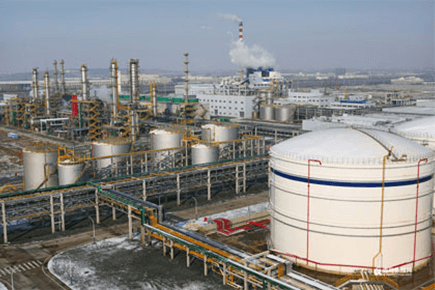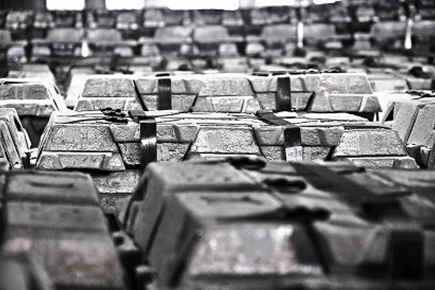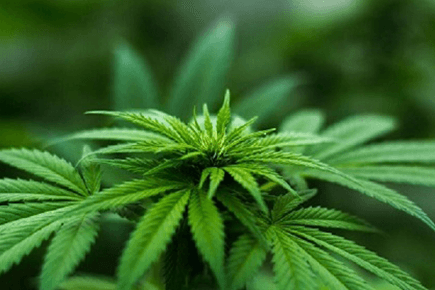
Seplite® LSC495, Nickel Recovery in a More Cost-Effective and Eco-friendly Way
Seplite® LSC495, Nickel Recovery in a More Cost-Effective and Eco-friendly Way
Global demand for Nickel (Ni) is expected to increase from 2.2 million tons to somewhere in the range of 3.5 million to 4.0 million tons by 2030, a report from McKinsey & Company has suggested. Electric Vehicle batteries are a strong and steady driving force for the demand of clean nickel.

Laterite nickel ore deposits account for 73% of the continental world nickel resources and will be in the future the dominant source for the mining of nickel.
However, the traditional method for nickel recovery is solvent extraction. This technology has undeniable drawbacks such as the risk of fire as well as the loss of a part of the solvent and the contamination of the effluents by toxic organic substances. From an operational point of view the solvent is contaminated with iron thus requiring a pretreatment allowing the precipitation of Fe3 + before the extraction. During this precipitation, about 10% nickel passes through the tailings and is difficult to recover. In addition, the saponification of the extractant will consume NaOH thus increasing the operational costs of this technology.
Sunresin has successfully established the first high-purity nickel production line in China, using its own ion exchange system.

Sunresin is proud to offer a new generation of Nickel-selective chelating resins to overcome the disadvantages of solvent extraction methods: Seplite® LSC495 offers high selectivity for Nickel and is unaffected by Iron in solution. Consequently, no pretreatment is necessary, which makes it possible to reduce the losses of nickel. Regeneration of Seplite® LSC495 can be carried out by sulfuric acid and does not lead to saponification of the bis-Picolylamine chelating group. Thanks to its very high selectivity, this type of resin has made it possible to considerably reduce the cost of nickel production.















